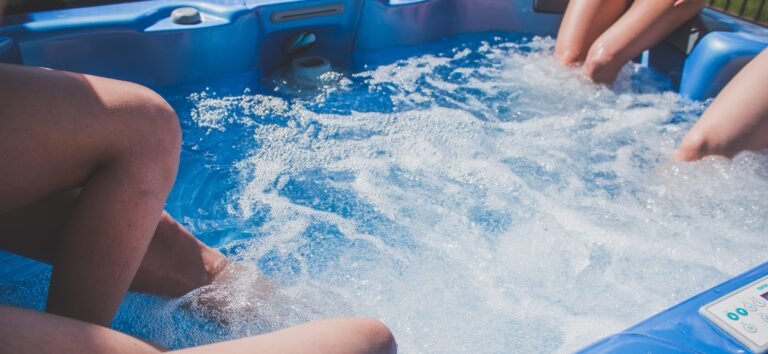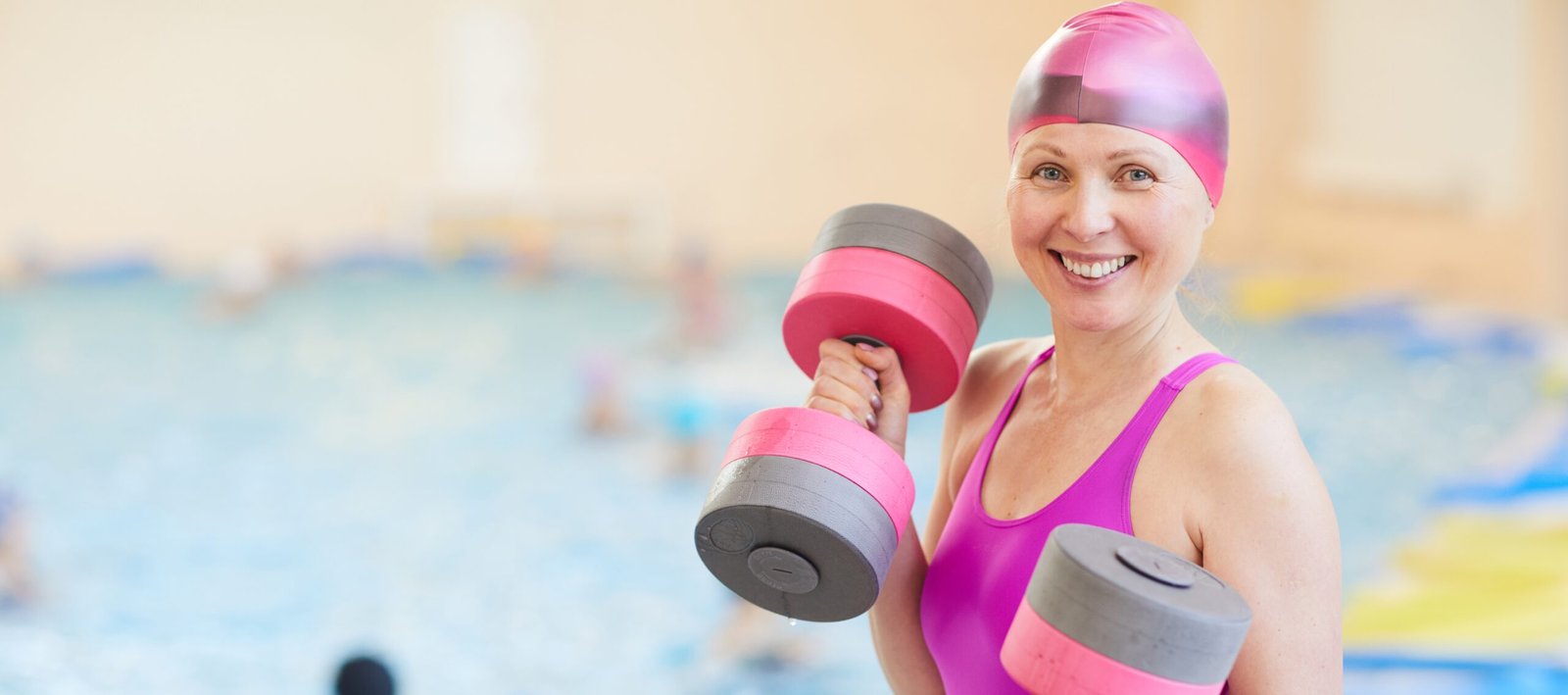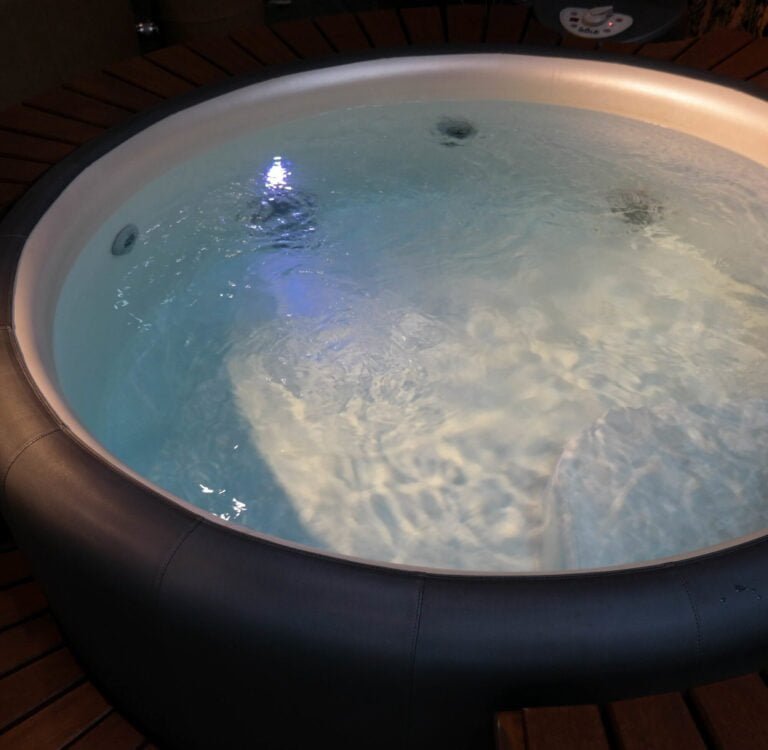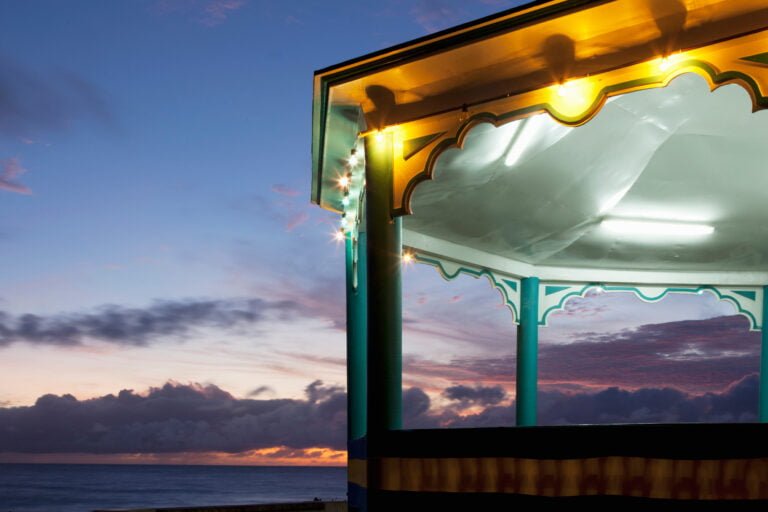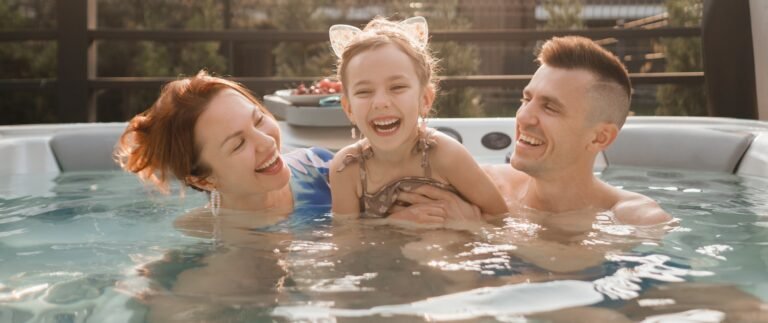

Hot Tub Chlorine Showdown: Finding the Perfect Match for Your Hot Tub
When I started working in the pool and hot tub industry, I didn’t understand why there were so many types of chlorine to choose from. I quickly learned not all chlorines are created equal; each affects your water chemistry differently and is applied based on any given problem. So, let’s dive into chlorine and see what works best for you.
As You Read Through, I Will Answer These Essential Questions for
Hot Tub Chlorine Showdown: Finding the Perfect Match for Your Hot Tub
- What type of chlorine should I use in my hot tub?
- What is the difference between dichlor and Trichlor for spa?
- Is calcium hypochlorite better than dichlor in hot tubs?
- How bad is chlorine in a hot tub?
- Is there a difference between spa chlorine and pool chlorine?
- Is it better to use chlorine tablets or granules?
- Is there special chlorine for hot tub?
- Should I put chlorine in my hot tub everyday?
Hot Tub Chlorine Showdown-Post Navigation
Which Type of Chlorine should you use
Depending on preference or your specific setup, four types of chlorine can be used in a hot tub. Some are recommended, and some are not.
When shopping for chlorine, you will find that the only real difference that separates one brand of chlorine from another is the concentration of the active ingredients. Be sure to use hot tub-only chemicals. Although similar, some differences could cause issues with your water chemistry if you are unfamiliar with the ingredients.
Let’s look to see which types of chlorine should be used in a hot tub and which ones should not be used.
How Does Chlorine Sanitize Your Water
When you add Chlorine to your hot tub, it attaches to bacteria and other organics on the molecular level to kill unwanted contaminants. When chlorine “combines” with the bacteria and organics in the water, it becomes inactive and no longer works to sanitize your water.
The Combined Chlorine is called chloramine and creates that characteristic chlorine smell. The problem with chlorines is that it registers as part of a total chlorine test. So when you test your Chlorine, you want to use a test kit that can check for Free Chlorine.
This is the portion of disinfecting Chlorine in the water that is your available sanitizer and should be kept under 3ppm or less depending on if you are using mineral sticks or ozone, which require very little Chlorine.

Chlorine Tablets (Tricolor )
The most common chlorine for hot tubs is 1″ Tricolor tablets, which is 90% chlorine. These 1″ Tablets slowly dissolve inside a floater, so your hot tub would require less attention and sound ideal.
The problem with Tricolor tablets is that they are very acidic and rapidly alter the hot tub’s water’s total alkalinity buffering capacity, resulting in a severe drop in pH. The high acidity can also be harmful to your components.
Granular Chlorine (dichloride)
Granular chlorine can be between 55-60% chlorine. This is the most popular chlorine used in hot tubs. It is nearly pH neutral, which makes it ideal for hot tubs. It is easy to handle and relatively stable in the high temperatures found in hot tub water. It dissolves quickly in the hot water, preventing potential chlorine burn to the shell.
Its only real drawback is what is referred to as CYA, a.k.a. Cyanuric acid. This is added to most granular chlorines to slow down the burn-off of the chlorine from direct sunlight. If you use too much granular chlorine, this cyanuric acid will build up and cause issues with your water chemistry. This is something you can test for and keep under control. A level under 100 ppm is recommended.
Under normal usage and regular water changes every 3-4 months, you will likely never have a problem. If you use a mineral stick, ozone, or both, your chances are even lower as you use less chlorine with these products..
Calcium Hypochlorite (Cal-Hypo)
This type of chlorine is very popular for pools because it is relatively inexpensive. It’ll lose 95% of its effectiveness in just a few hours in the hot tub’s heat.
It also has a high concentration of calcium and a very high pH. It can form deposits on hot tub heater parts and plumbing fittings and leave a harsh ring. It is ultimately harming your equipment.
Liquid Chlorine (Sodium Hypochlorite )
It has about 12% active chlorine, generally found at pool and hot tub stores. Liquid Chlorine has a high pH and will rise in your hot tub when added. However, your pH will decrease slightly as the chlorine is used up.
In most cases, using liquid is manageable if not overused. It also can be used in a hot tub with a salt system to establish a residual chlorine level.
Don’t confuse Liquid chlorine with bleach, which has additives that can harm your hot tub and cause water chemistry issues. Besides, it only contains 5-6 percent chlorine.
In conclusion
Understanding the nuances of chlorine in the context of hot tubs is crucial for maintaining effective water sanitation. Not all chlorines are equal, and their impact on water chemistry varies. The chlorination process involves managing Free Chlorine levels, the active sanitizer in the water, and being aware of Combined Chlorine.
Choosing the correct type of chlorine is essential. While 1″ Tricolor tablets can adversely affect water chemistry and harm components. Granular chlorine (dichloride) is popular for its pH neutrality and stability but requires attention to cyanuric acid levels. Calcium Hypochlorite (Cal-Hypo) is cost-effective for pools but loses effectiveness rapidly in hot tubs, posing risks to equipment. Liquid chlorine (Sodium Hypochlorite) with 12% active chlorine is manageable if used judiciously, especially with salt systems.
Ultimately, the choice of chlorine depends on individual preferences, hot tub setup, and the level of maintenance one is willing to undertake. Regular water testing, appropriate chemical usage, and awareness of the specific characteristics of each chlorine type are crucial for a trouble-free and enjoyable hot tub experience.
Next Steps
Take the plunge into a cleaner, more enjoyable hot tub experience by making informed choices about your chlorine. Start by understanding the unique properties of different chlorine types and their impact on water chemistry. Choose the right chlorine based on your preferences and hot tub setup, whether 1″ Tricolor tablets, granular chlorine, calcium hypochlorite (Cal-Hypo), or liquid chlorine.
Commit to regular water testing to monitor Free Chlorine levels and keep Combined Chlorine in check. Stay proactive in maintaining your hot tub by adopting best practices for chlorine usage, especially in managing cyanuric acid levels and preventing equipment damage.
Your hot tub deserves the best care; the right chlorine can make all the difference. Take action today to create a pristine, inviting oasis in your backyard. Dive into the world of chlorine choices, and let your hot tub experience be a testament to the rewards of informed and proactive water maintenance. Your relaxation and enjoyment await – choose a crystal-clear hot tub haven now!
